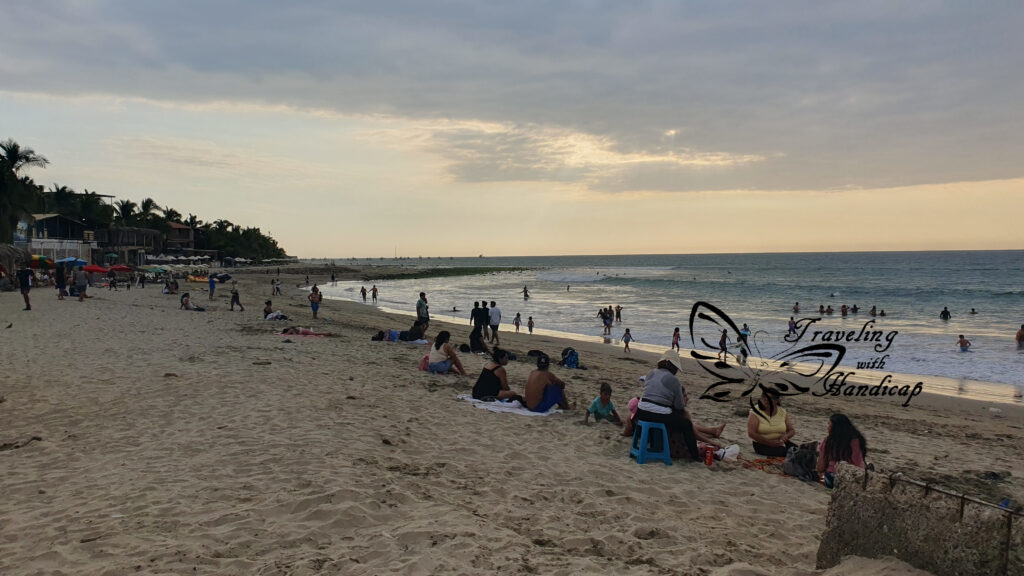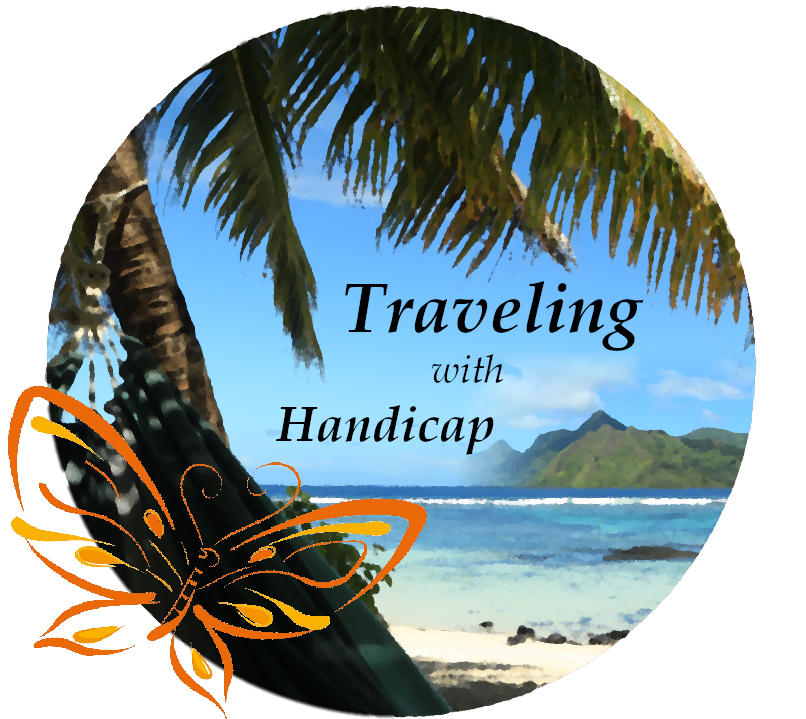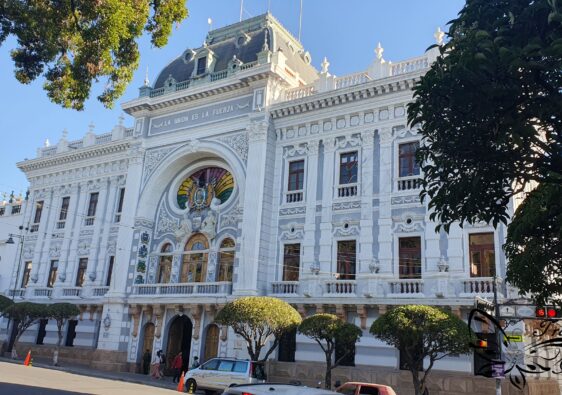Be good and you will be lonesome.
From Caraz, I took a bus to Trujillo. As mentioned in the post regarding the Cordillera Blanca, I selected the route through a canyon. The buses from Caraz only head to Chimbote. This town was rather an exception for me, since we arrived at a terminal where I could buy my ticket for the next bus to Trujillo. Normally, across Peru, the agencies have their individual terminals forcing you to take a taxi if you need to swap bus in a certain town. After arriving in Trujillo, I had to take a taxi to my hostel, the only hostel in town and only one block away from the Plaza de Armas.
Trujillo
Trujillo is not too far from the Cordillera Blanca area. However, the roads, no matter which route you take, are not in the best condition. Moreover, I was happy the driver didn’t go any faster than he did while he drove through the canyon. Since it is quite steep only a few centimeters away from the road, you can’t go fast. Nevertheless, due to the views, I enjoyed the ride. In Trujillo, the bus terminal of the company I used was a bit further out of town, actually in a quite dirty area (by garbage on the sides of the street). But the center was great.
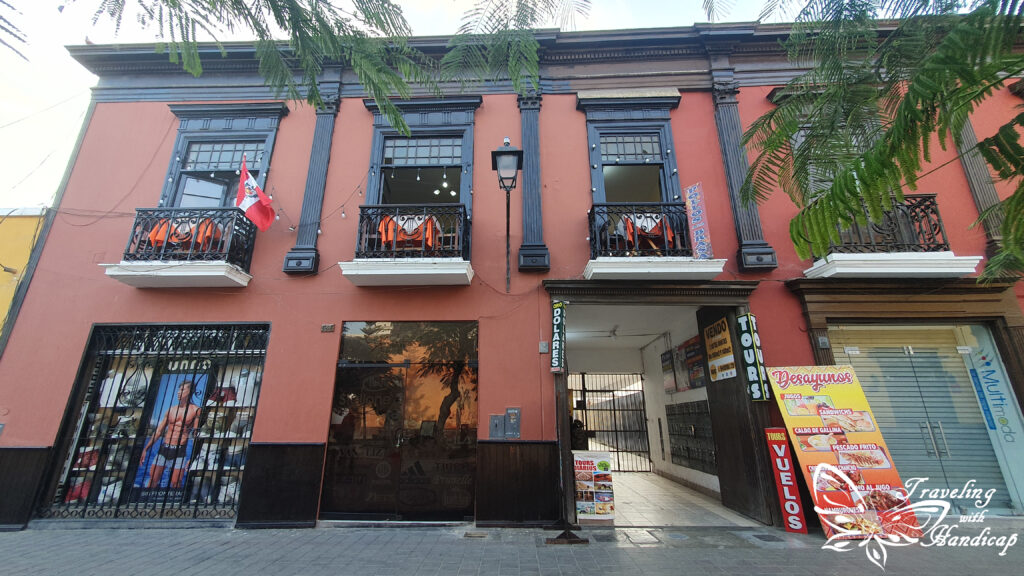

The town
I didn’t expect any nice center since I mainly stayed in Trujillo in order to visit the two archeological sites La Huaca de la Luna (and Sol) as well as Chan Chan. Nevertheless, I was surprised by the charming and colorful center of Trujillo. Around the Plaza de Armas, there are many colonial buildings similar to the ones in the center of Lima. However, here, they were really well maintained and nicely colored. Having blue, red, yellow and more colors all around the square.
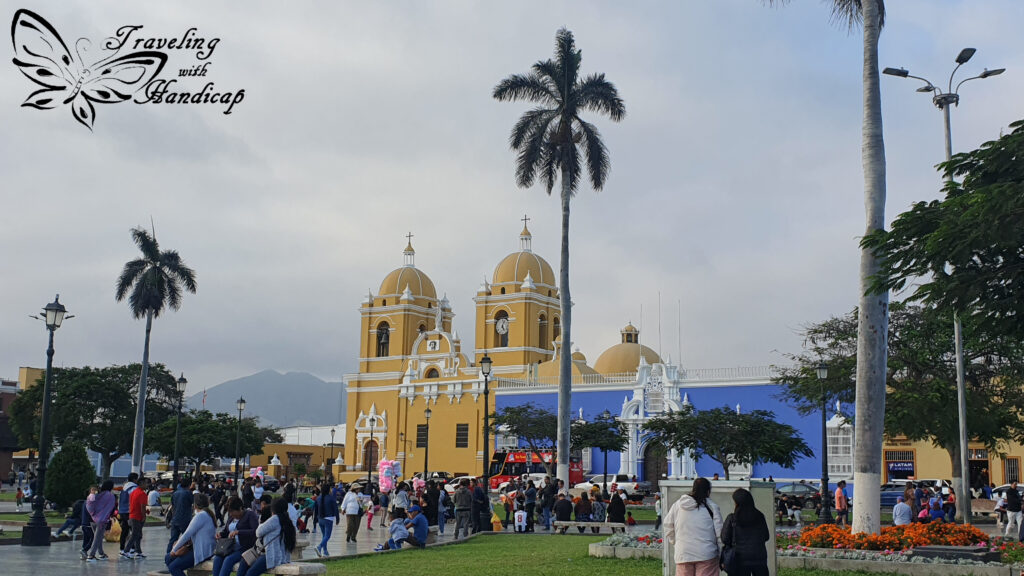



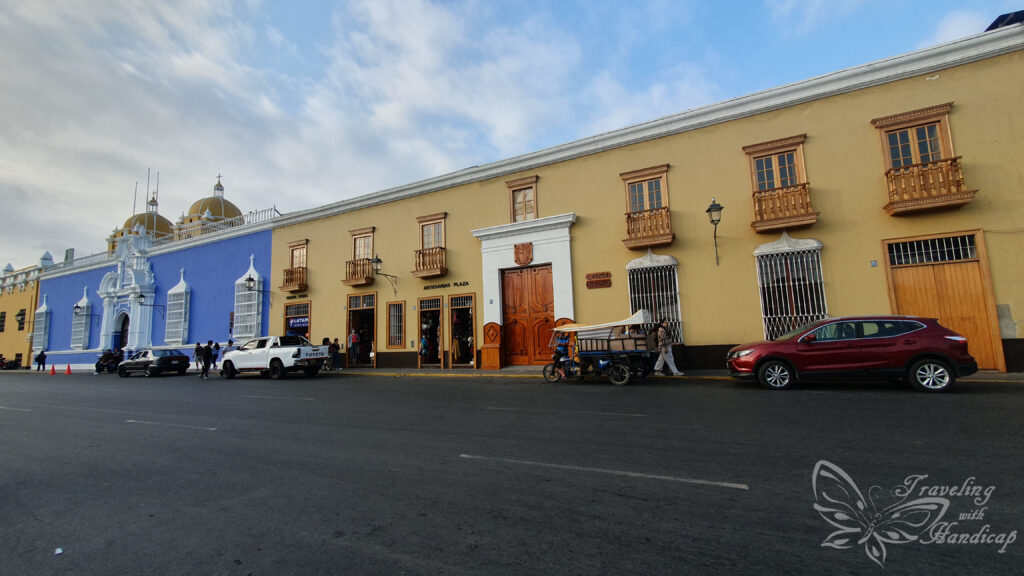

I walked around the Plaza de Armas as well as along the walkway towards the Plazuela el Recreo. This area had really charming houses. Also, the neighboring cuadras were quite pleasant and in good condition. Only further out of town, where you don’t go as a tourist, it’s rather not as nice. While walking along the streets, I saw many kids trying to sell sweets or dancing for money. While people living around here have on average a darker skin than the people in the south, around Cusco, these kids were mostly even darker. So I assume they are mostly Venezuelan refugees.
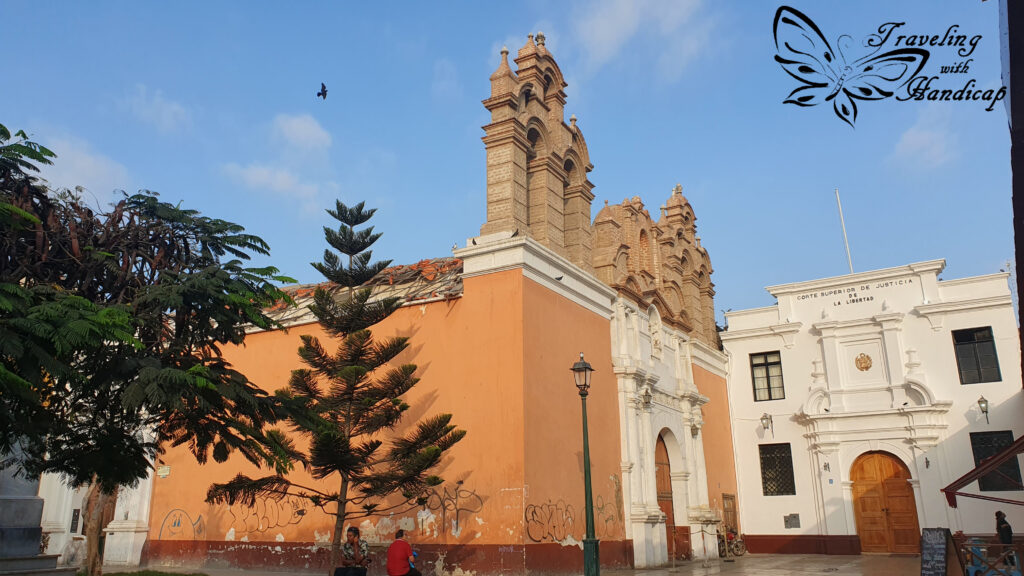

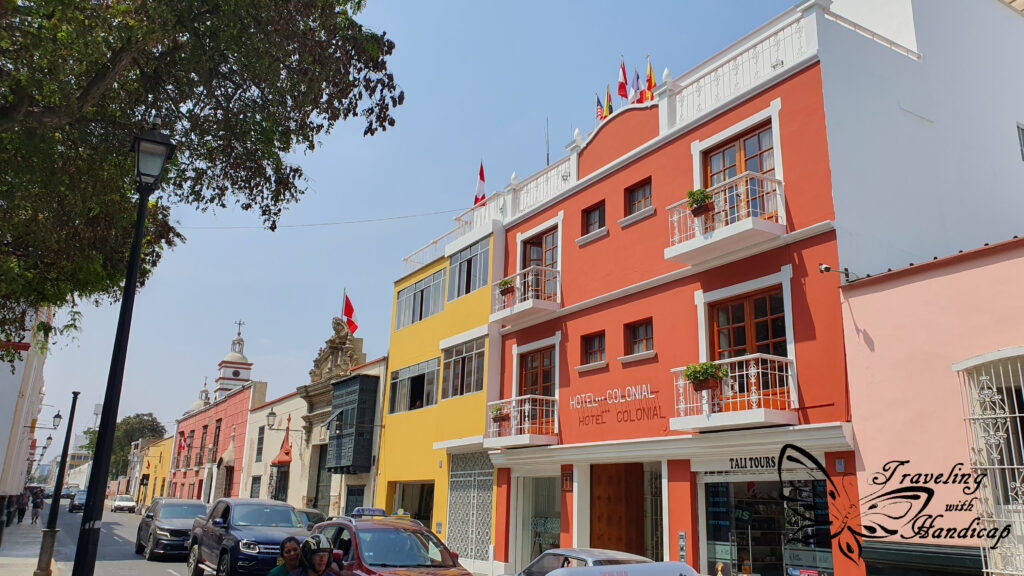
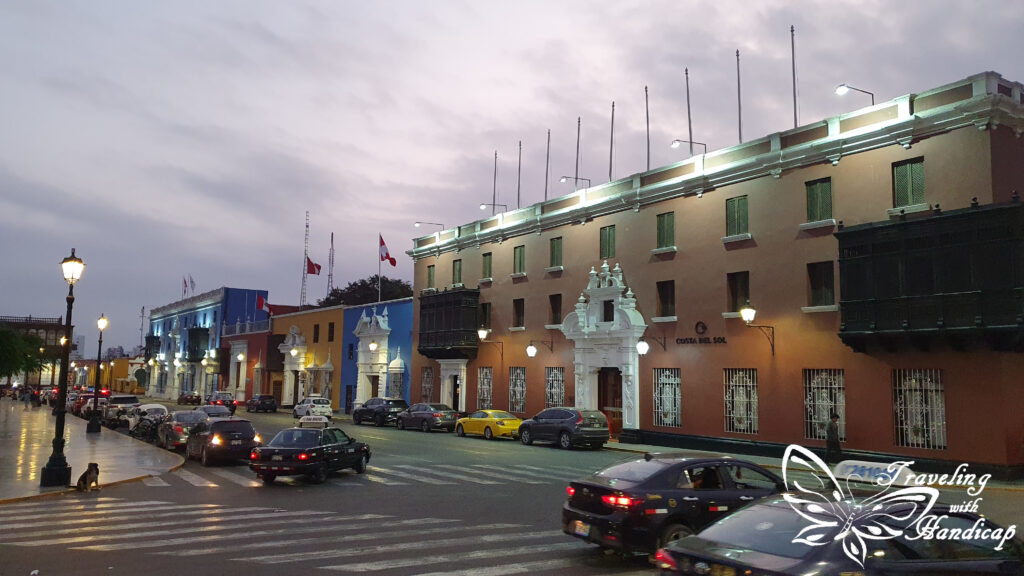
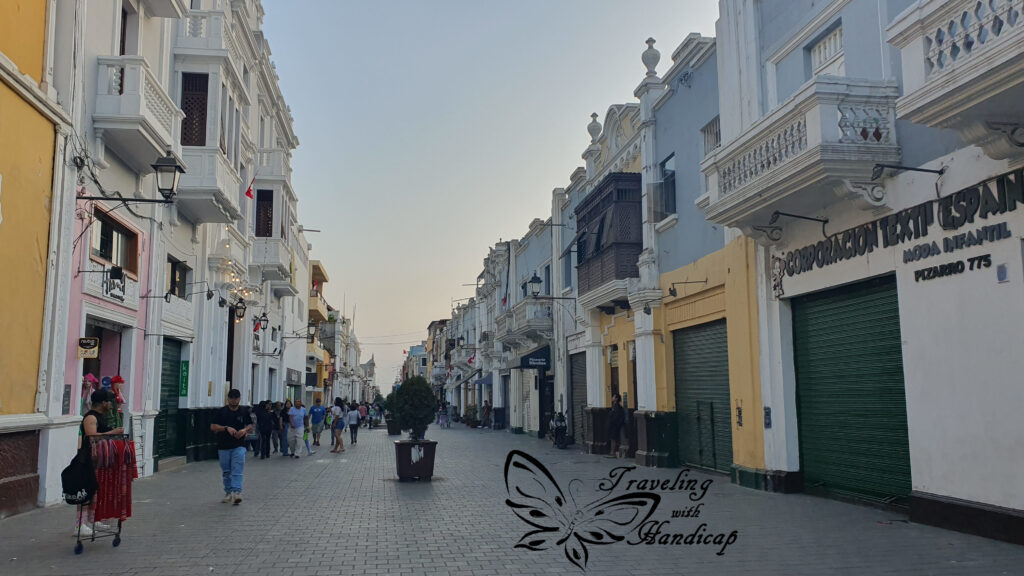
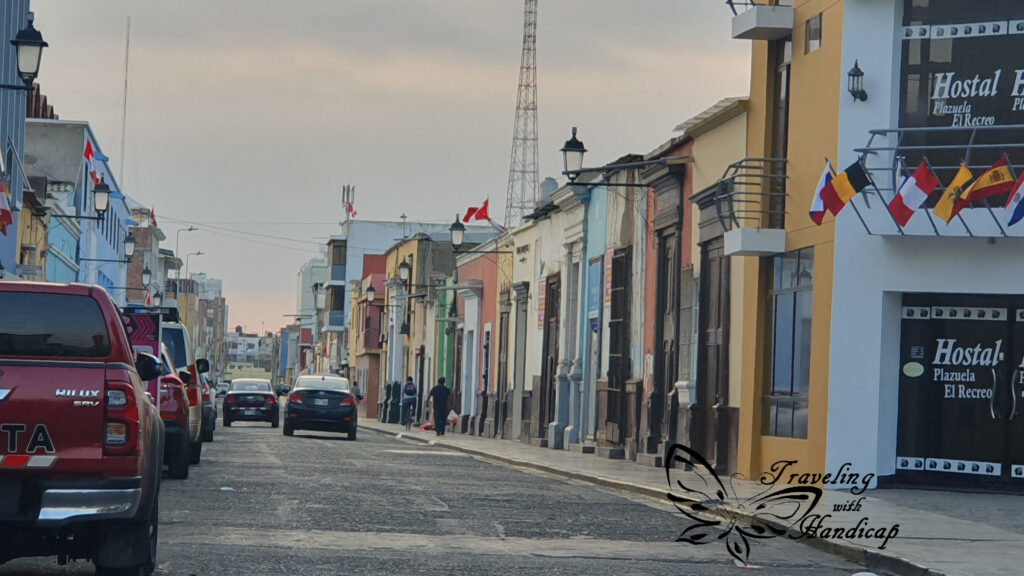
While it was rather difficult to find vegetarian options in restaurants’ daily menus in the south as well as in Lima, it was easier here. I often found minimum one vegetarian dish and even one or the other vegetarian restaurant. This was the food I could really enjoy, as I can’t and don’t want to have chicken-dishes all the time.

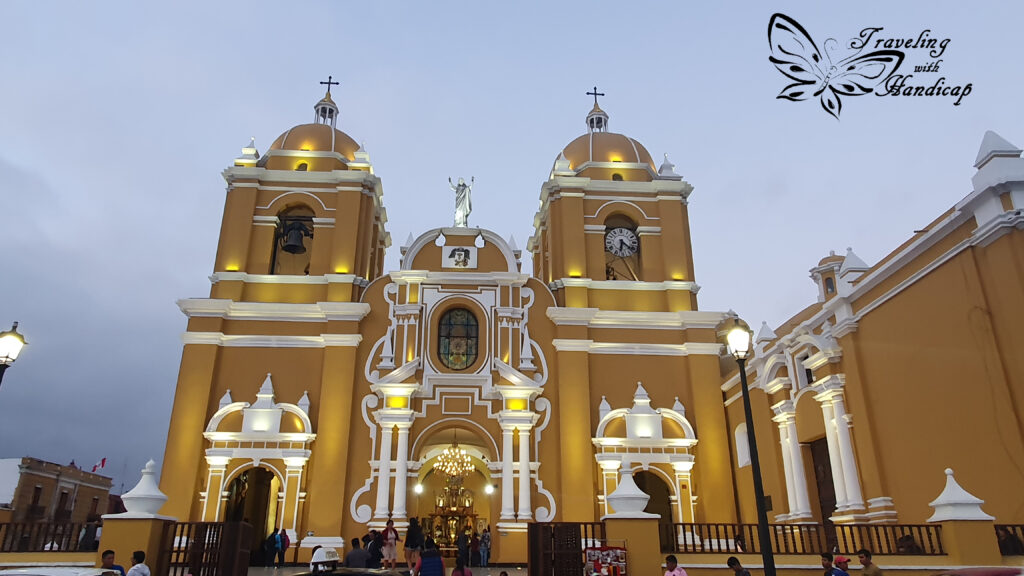
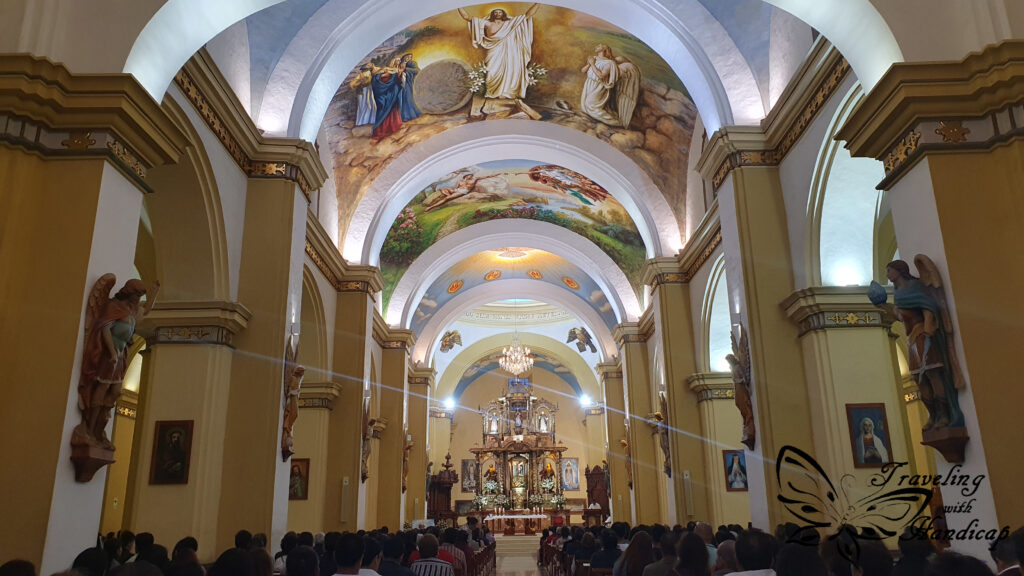
La Huaca de la Luna
From Trujillo, you can take colectivos to get to La Huaca de la Luna. Actually, there are not so many as this route is not used by so many people. In order to catch the right one, I walked to the Óvalo Grau and asked one of the security people to help me stop the correct one. On the way back it was easy as there was only this one. At the entrance to the museum, I had to buy my ticket which had a time for a tour mentioned. You may only visit this site by a guided tour (included in the ticket price).

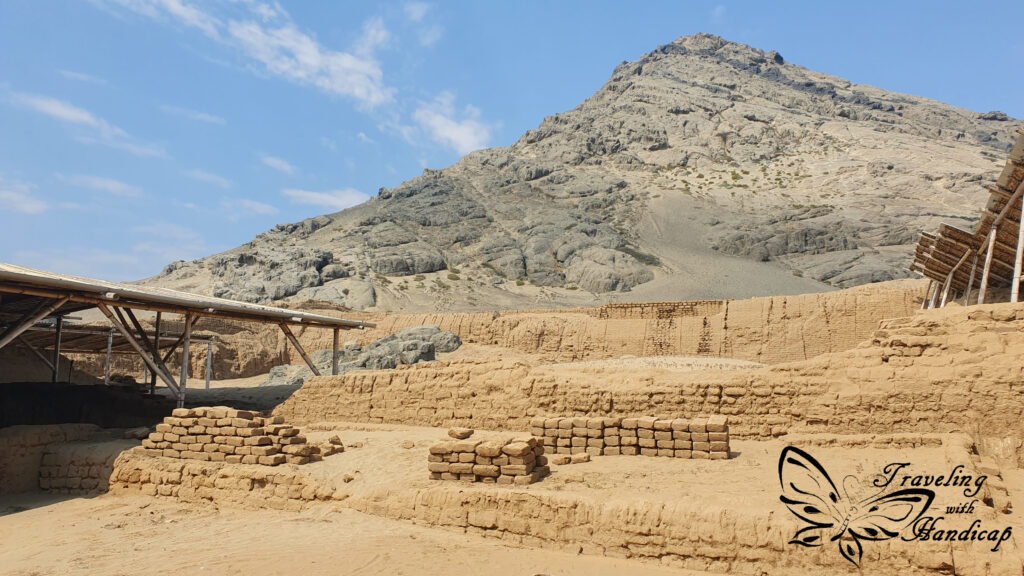
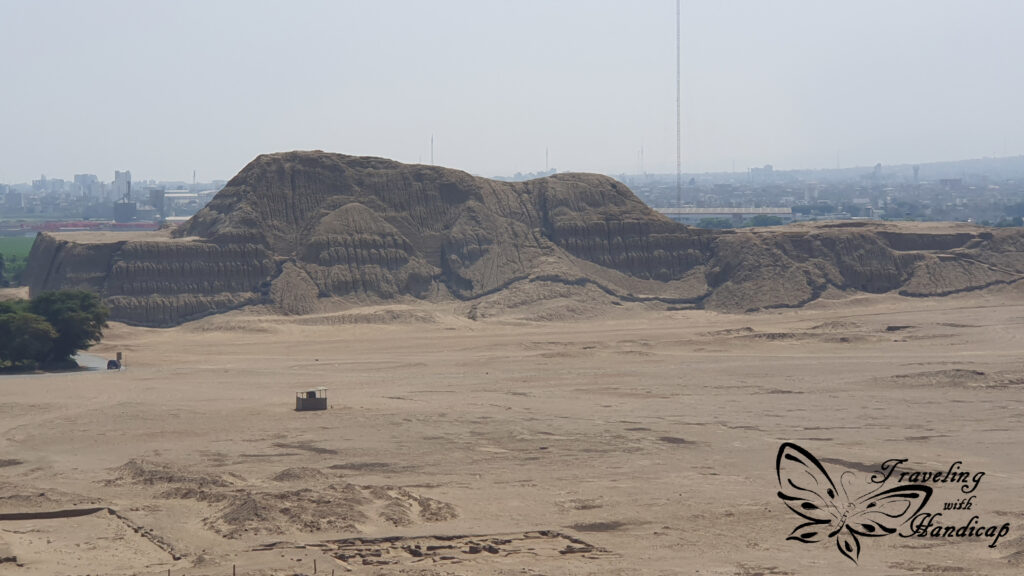
The Huaca de la Luna (Temple of the moon) is a large adobe brick structure built mainly by the Moche people (→ Wikipedia) of northern Peru. The culture of the Moche flourished 100-700 AD. Its capital should have been around the Huaca de la Luna, in the area of Moche (village next to Trujillo).

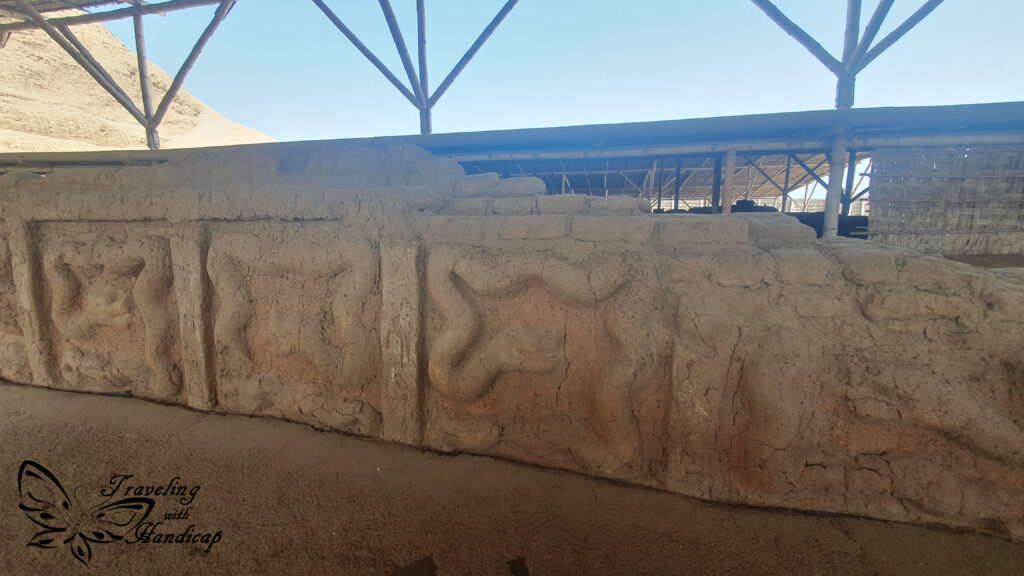

I was quite impressed by seeing the remaining pyramids of such ancient times. I mean, these people have lived in the times of the late Roman Empire, just on another continent. Even though the material is quite prone to the weather, especially El Niño effects, I was surprised to still see so many colors. The temple of the moon is the one which researchers have put effort into exploring. The temple of the sun (Huaca del sol) is still just a pyramid which you can’t enter and only watch from the distance.




Chan Chan
Visiting Chan Chan is easier from Trujillo with respect to public transport. Just take any of the many buses to Huanchaco (beach). This site is a 15 minutes walk away from the main road (Panamericana). This “town” has been the capital of the historical empire of the Chimú people. That culture established itself along the Peruvian coast around 900 AD, so after the Moche people.


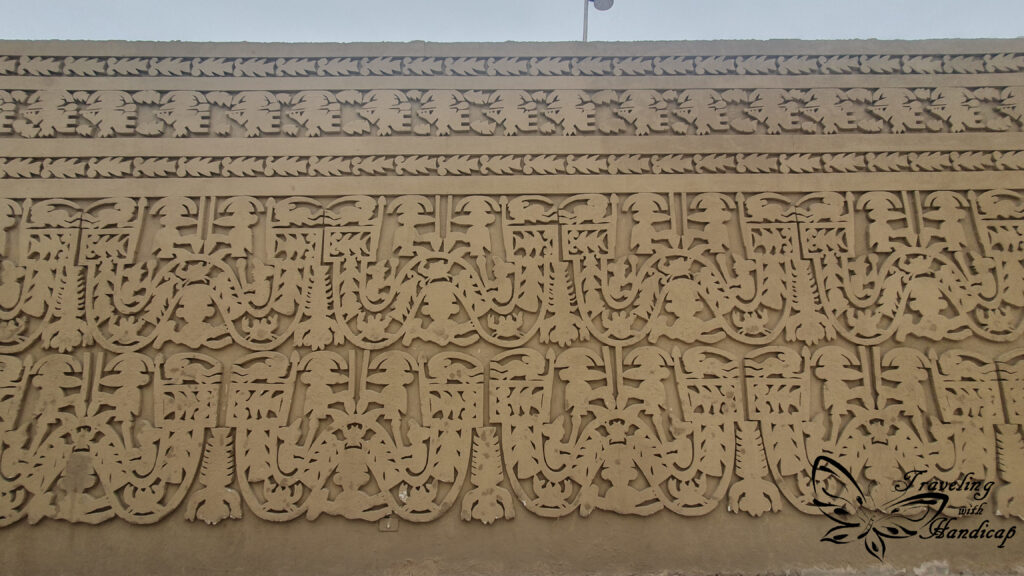
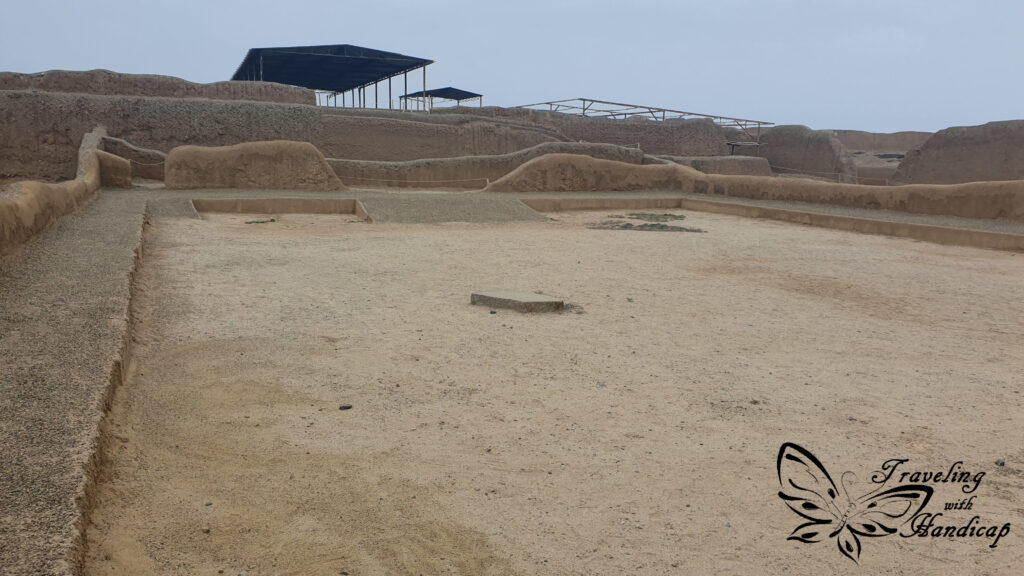

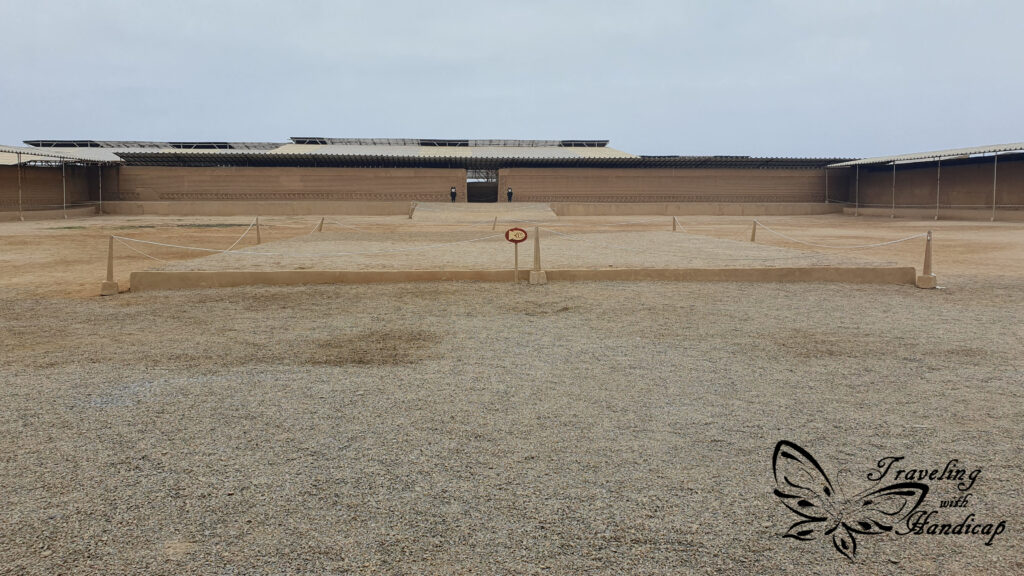
Actually, I liked the Huaca de la Luna more, since the Chimú people didn’t use any colors and far less differentiation within their ornaments. Even though I visited the museum as well Chan Chan felt not as special as la Huaca de la Luna. Sure, I visited the site without a guide, but tried to read the required information in the museum.
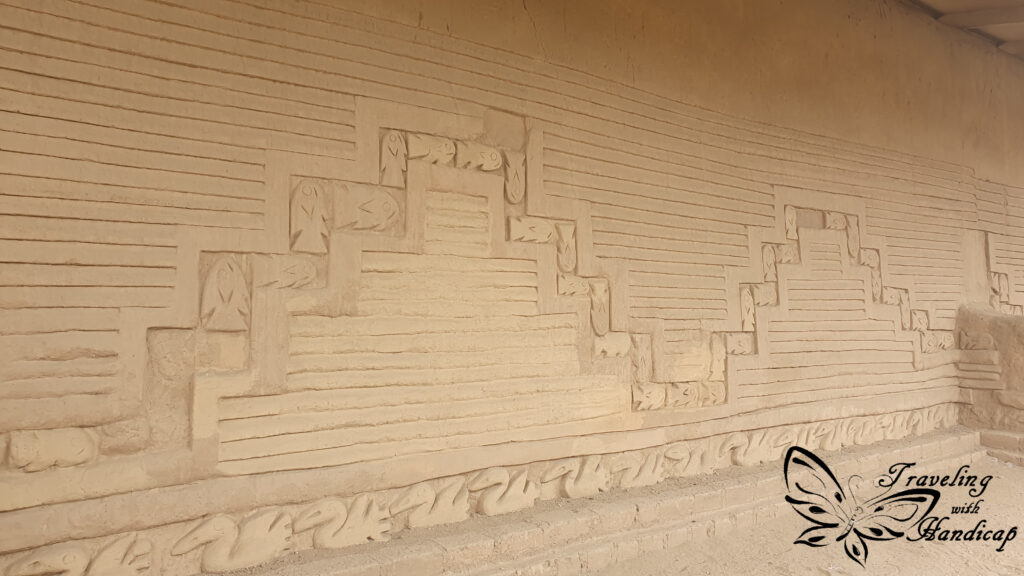
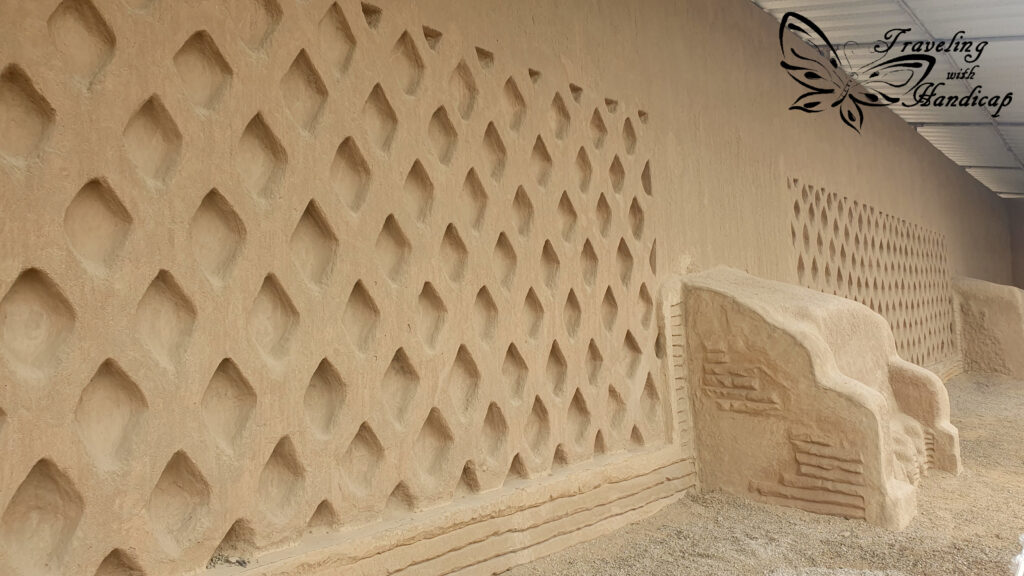
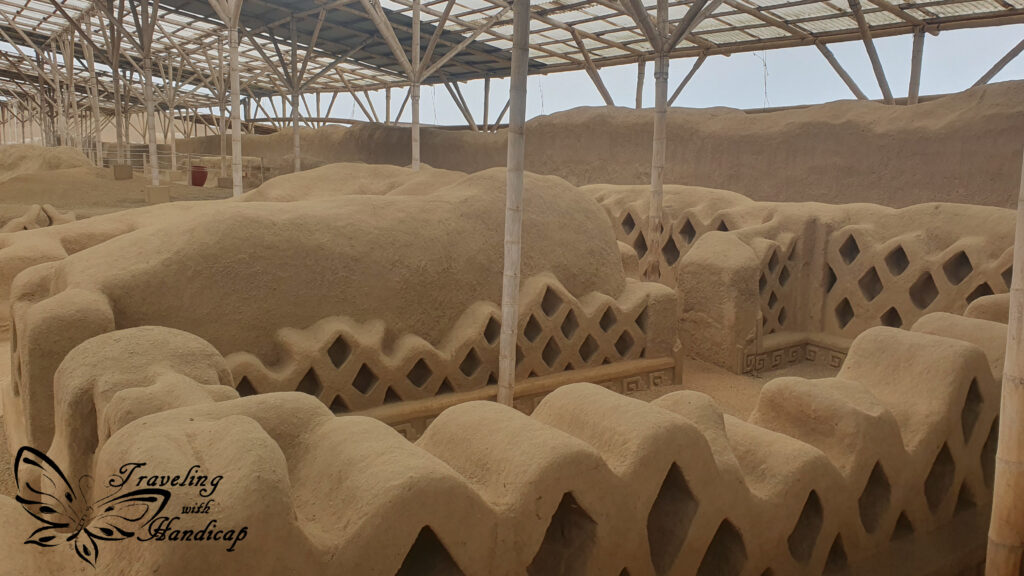
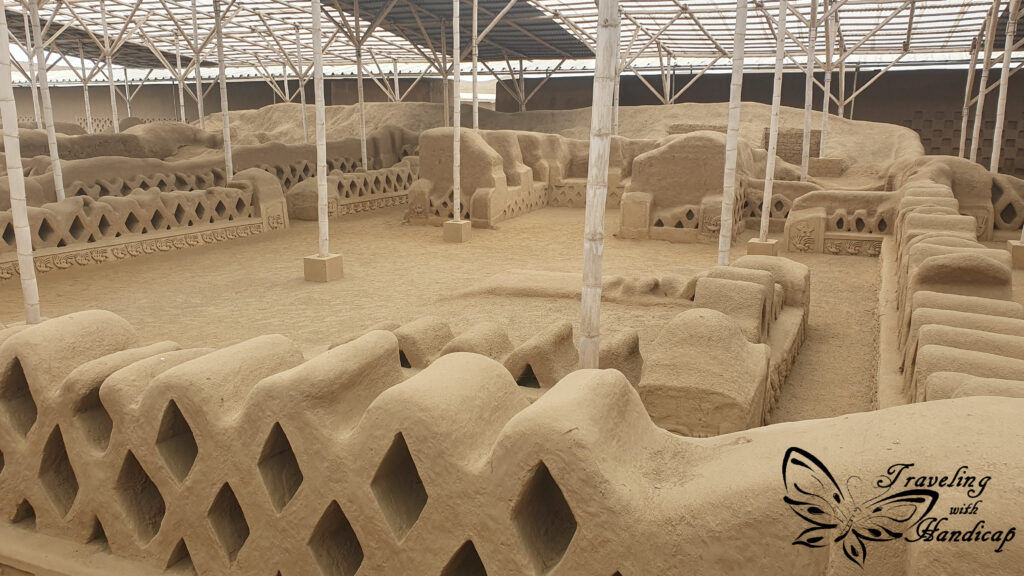
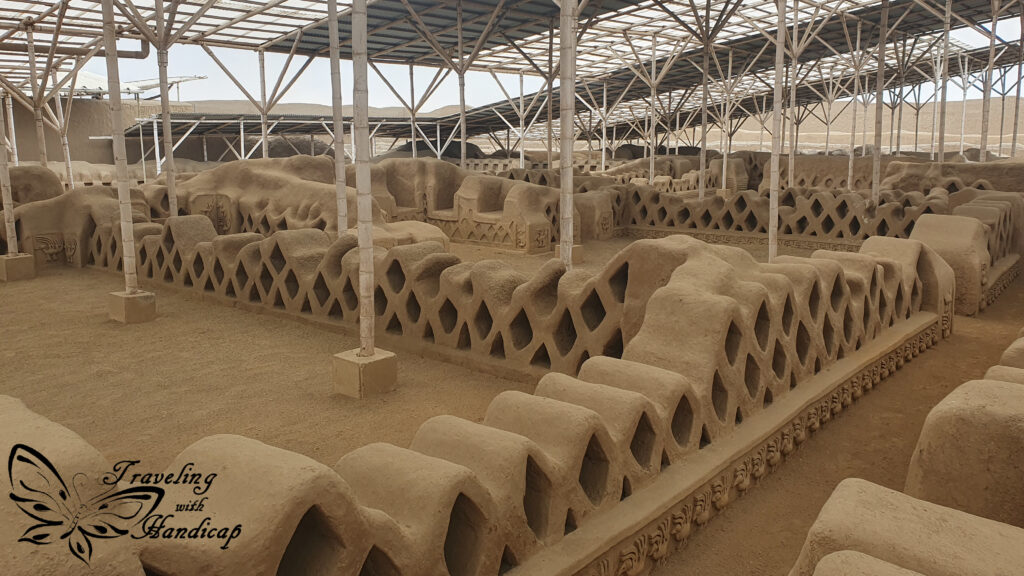

Chiclayo
After Trujillo, I continued to Chiclayo. Definitely not for the town, as it is nothing but loud and dirty. I stayed here because it was the town on the Panamericana from which I could visit the pyramids of Túcume (by colectivo) and then continue up north. Actually, I am happy I didn’t stay any longer than necessary, it would have been a waste of time.

The pyramids of Túcume
On the one day I stayed in the Chiclayo area, I took a colectivo to the town of Túcume. There, I had to continue with a tuk tuk to the actual archeological site which is out of town. When you enter, you are at the site of the museum which is rather small and not too interesting. However, from there, you may walk in and out into two opposite directions for the archeological sites.
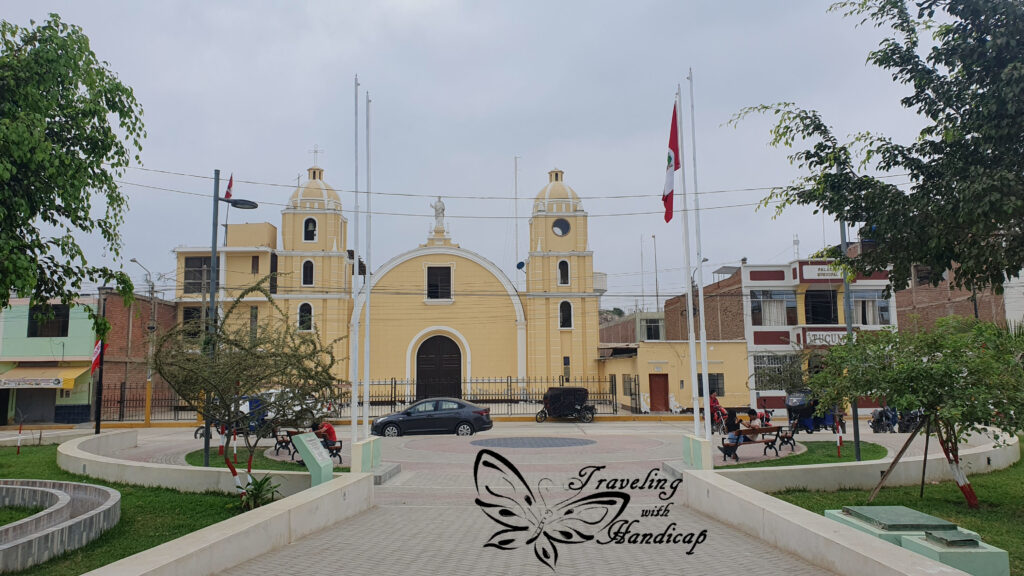

To the right, there was a rather small site which looked quite similar to Chan Chan in small. However, on the other side of the museum, you could walk quite some way towards the actual (and still standing) pyramids. Those were indeed cool. Two pyramids were shaded as archeologists worked through its inner construction. Actually, one of these sights that was displayed looked like a huge former toilet hall to me. At least by considering all the holes one next to the other, separated by little walls. The highlight of the visit was the mirador from which you had a great view over the whole town consisting of many pyramids.

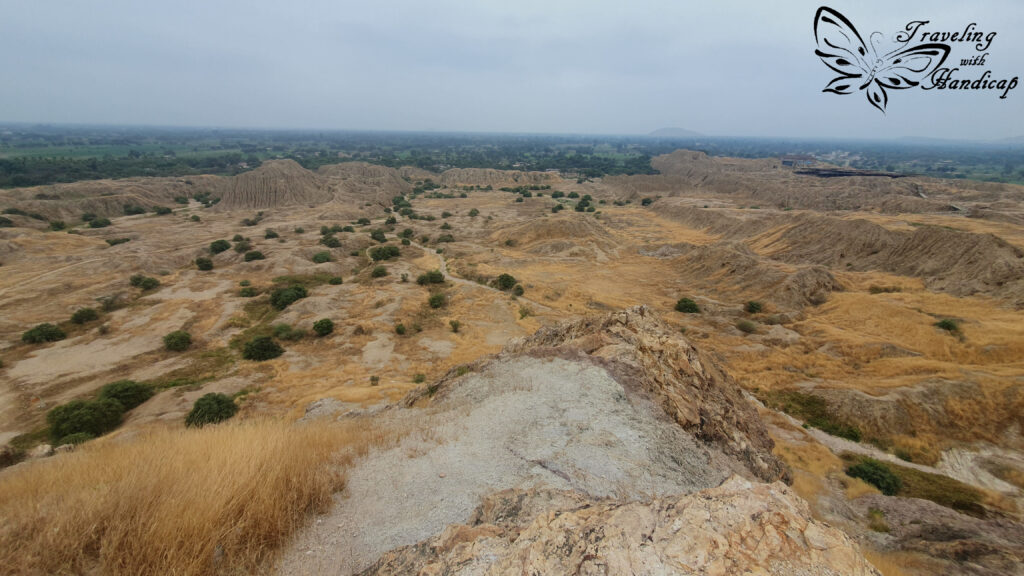
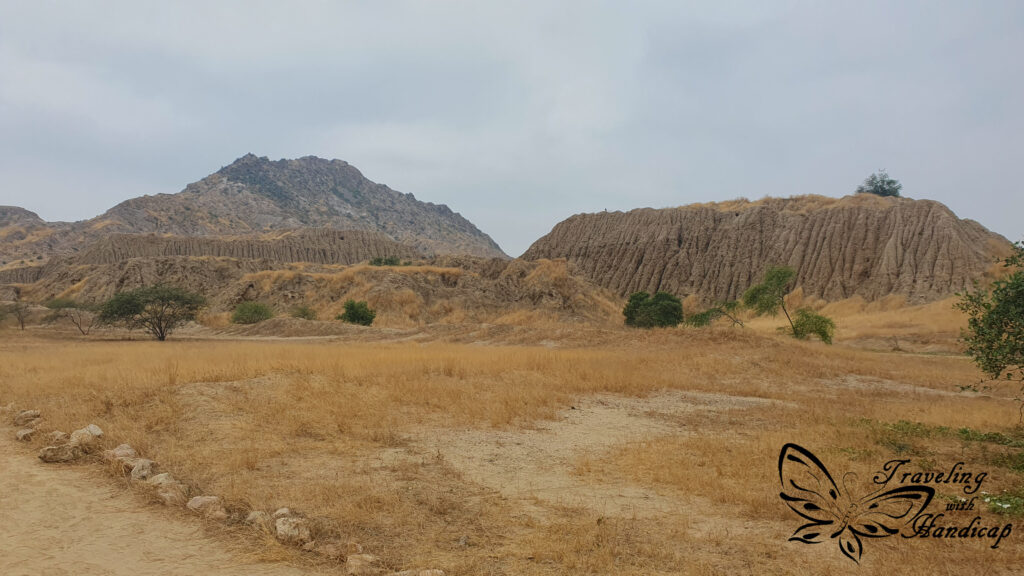

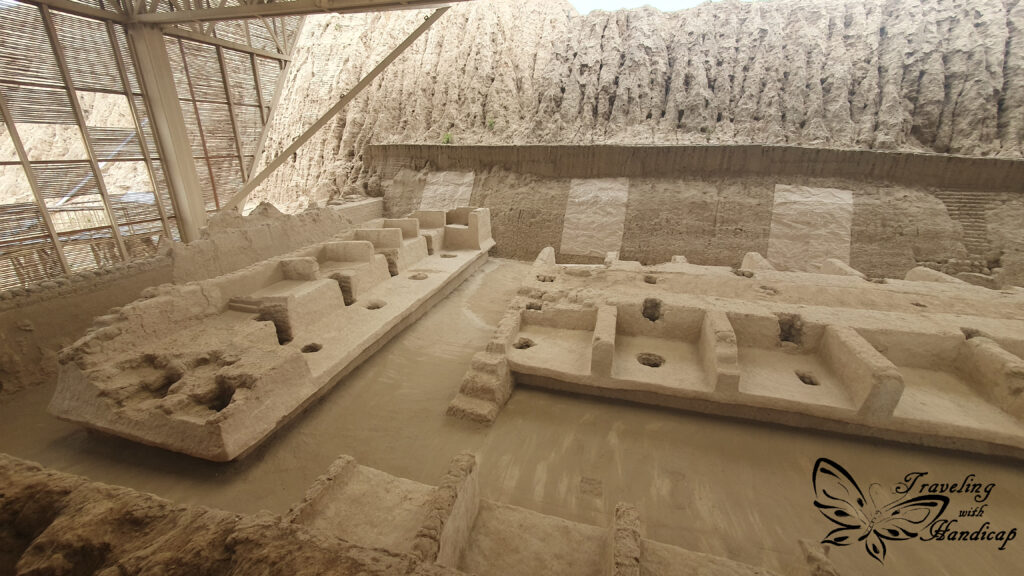
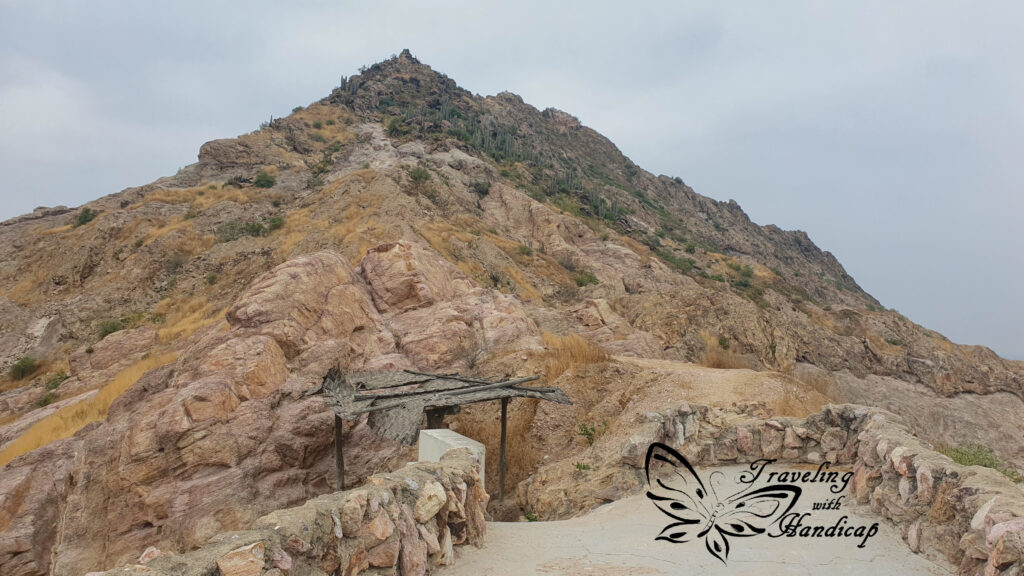
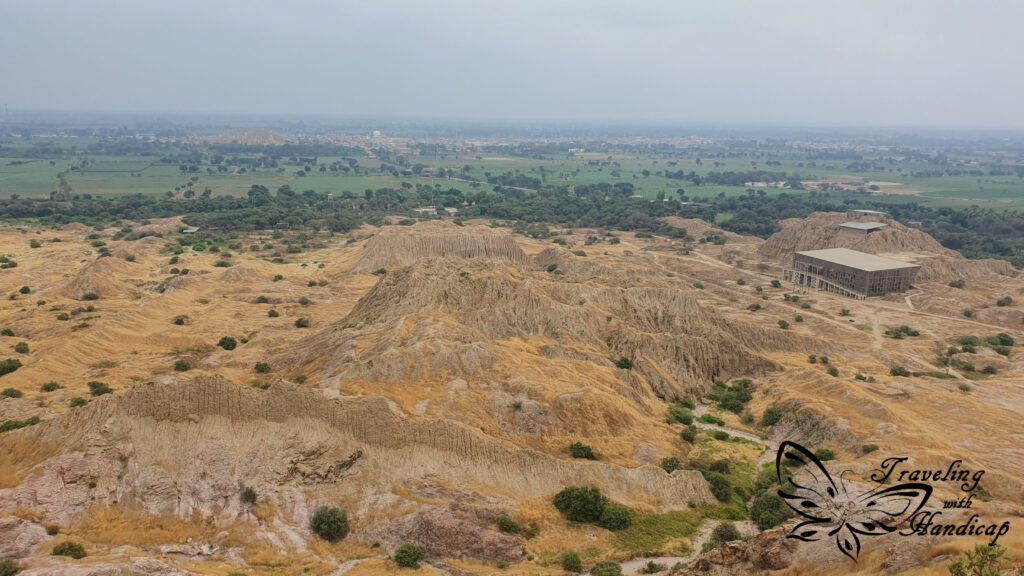
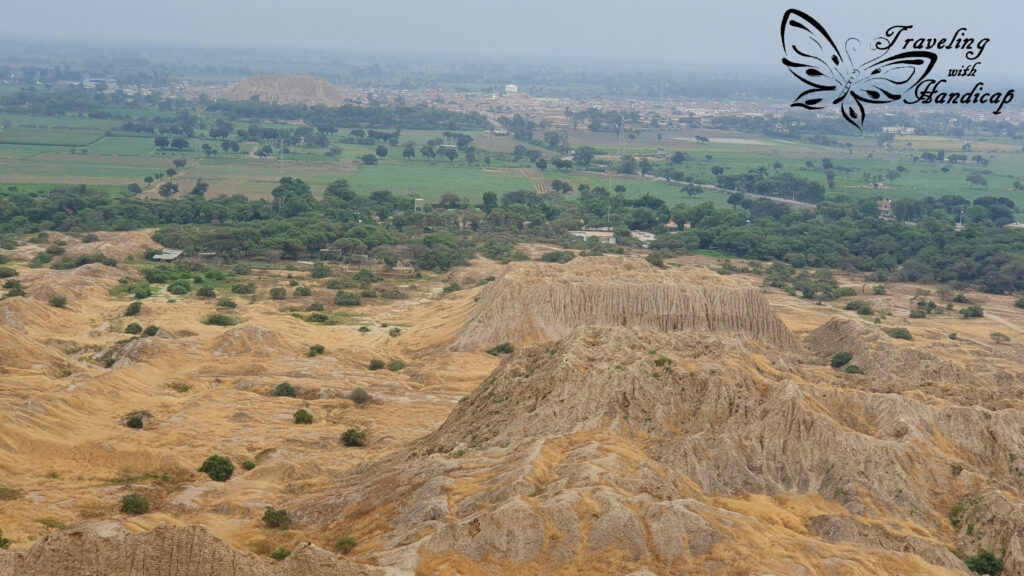
Royal Tombs of Sipan Museum
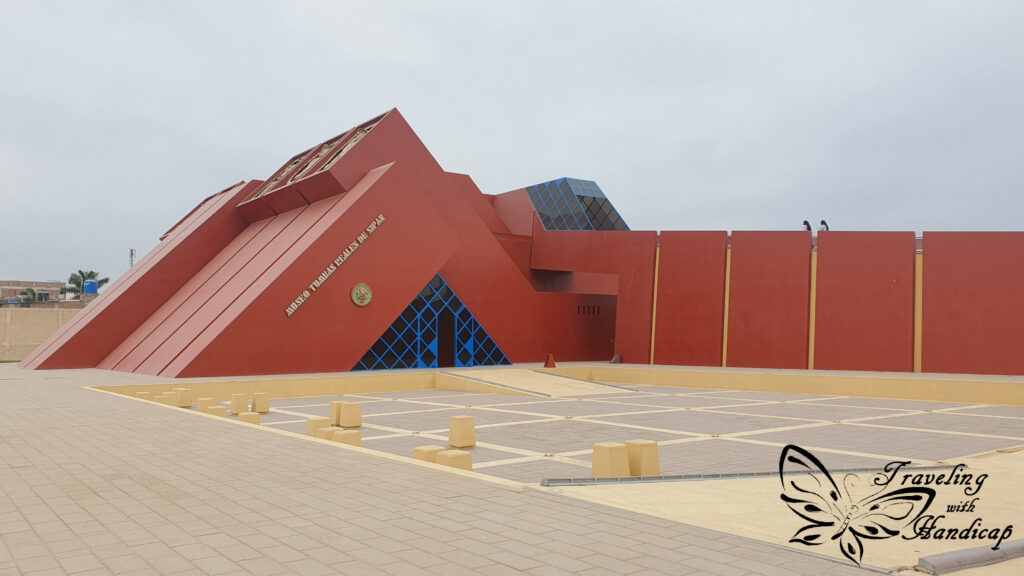
On the way back from Túcume towards Chiclayo, I stopped in Lambayeque for the Royal Tombs of Sipan Museum. I am not really a museum person, but this one has been recommended to me by different people. Actually, the museum was indeed very interesting. Especially seeing all the originals which archeologists have found in tombs. Nevertheless, the best museum I have been to within entire Latin America was the Museo Colchagua in Santa Cruz, Chile.


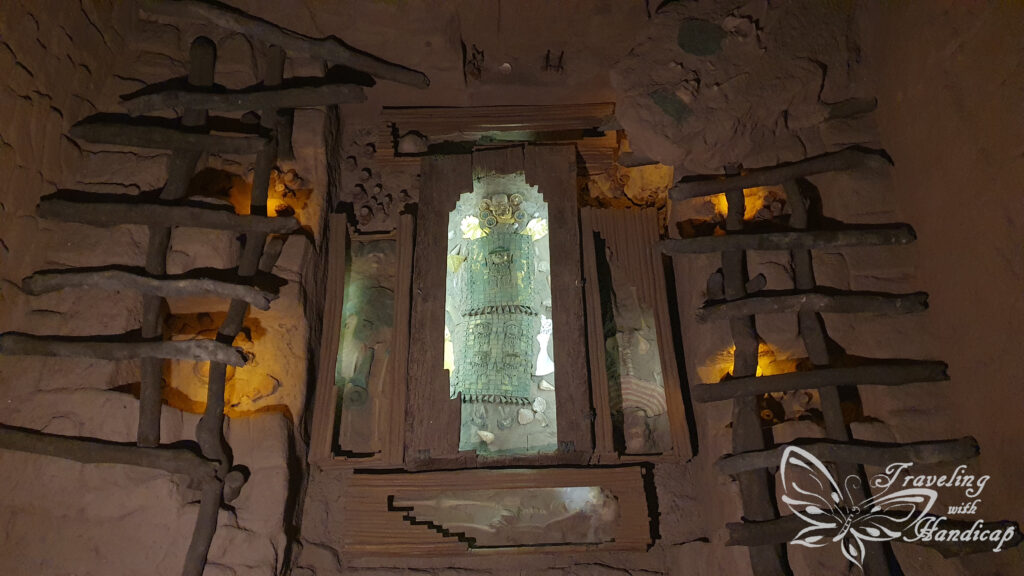
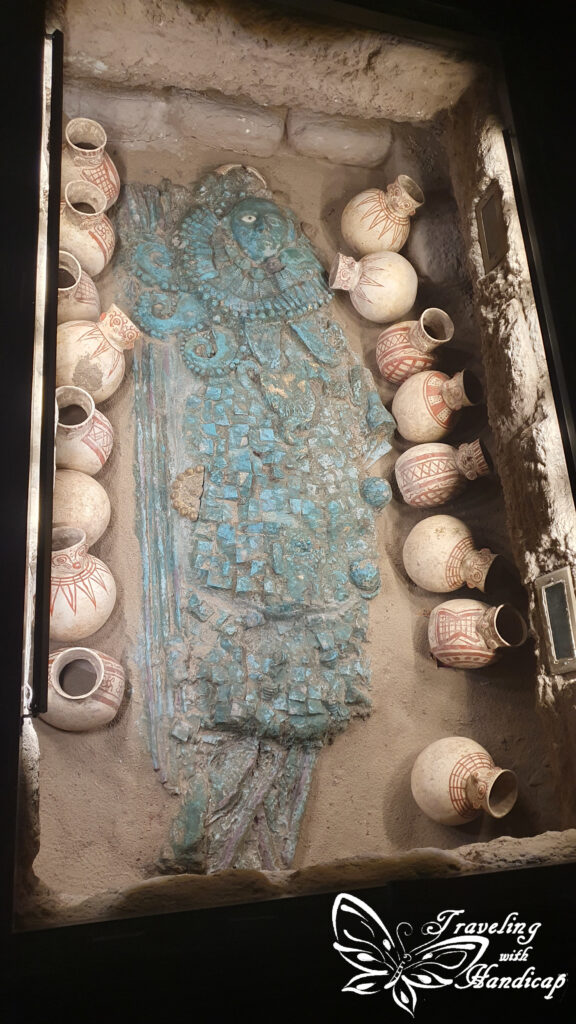
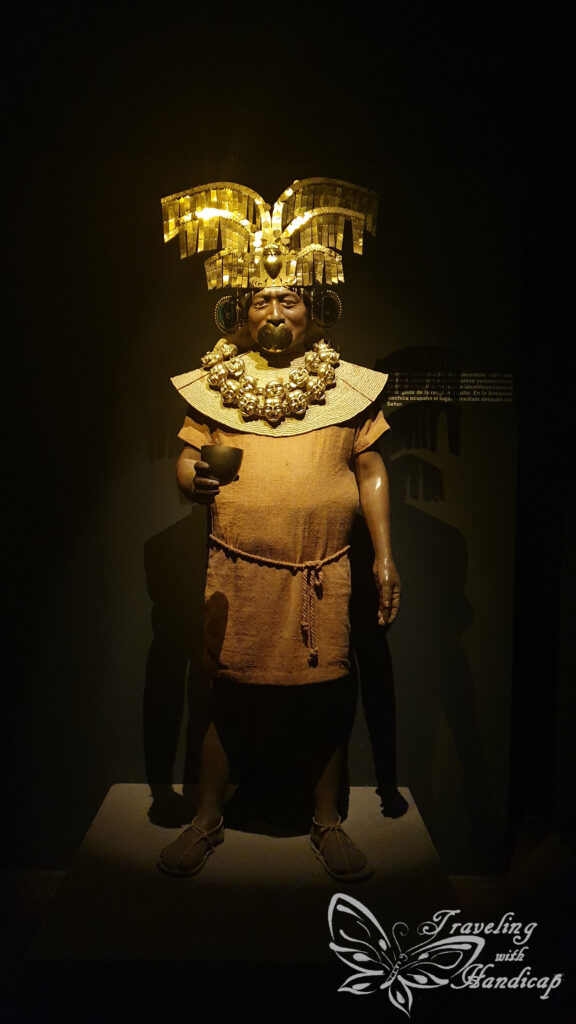
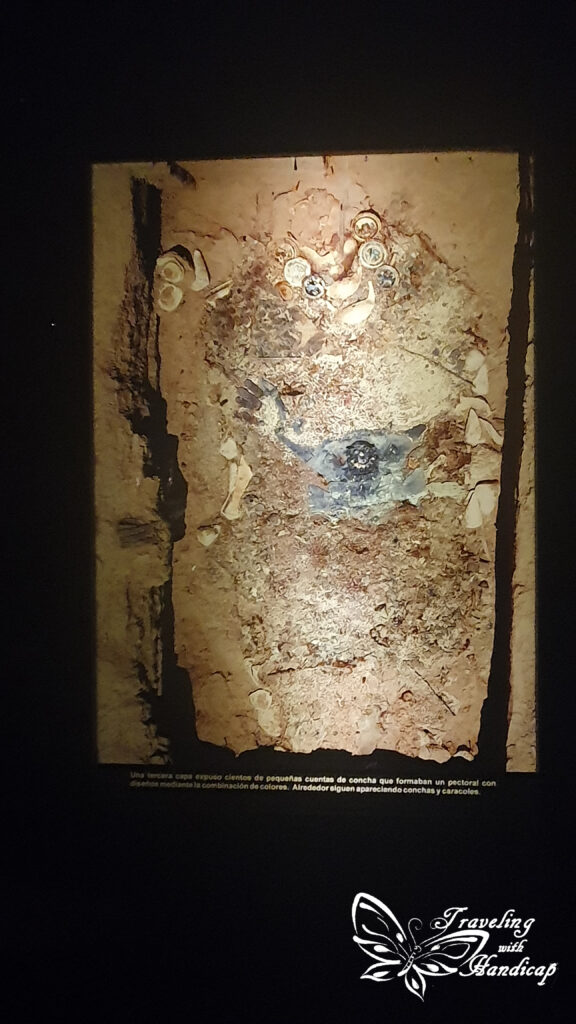
Máncora
After the pyramids of Túcume, I wanted to continue northwards, towards Ecuador. However, I needed at least one more stop since there are no direct buses from Chiclayo. I had to go to Piura first. From there, I could have taken a bus. However, I got Máncora recommended by different people for the beautiful beaches, so I gave it a try. Thus, I went from Piura to Máncora and after arriving in Máncora I bought my bus ticket in order to continue from there to Cuenca in Ecuador. There are direct night buses.
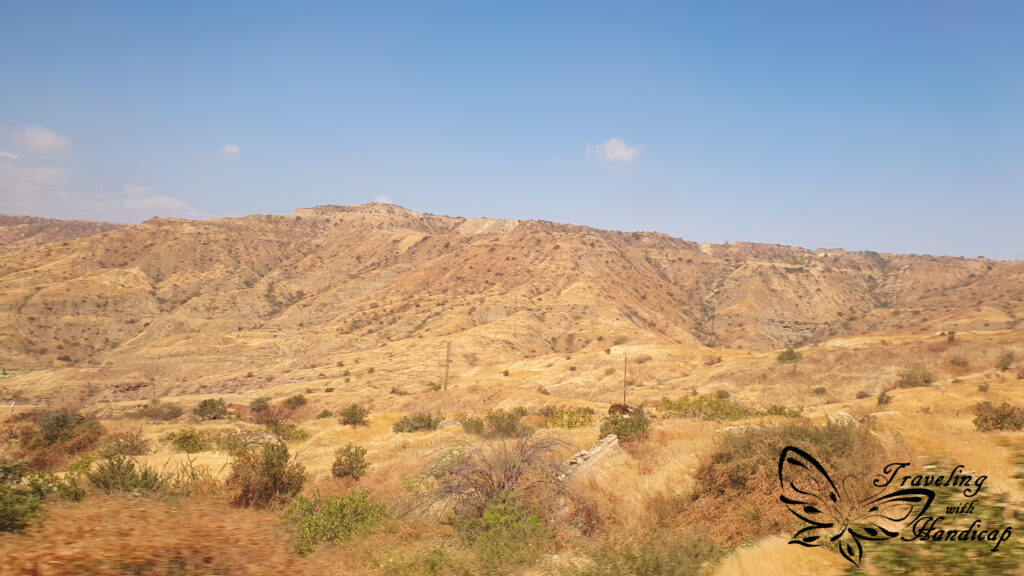

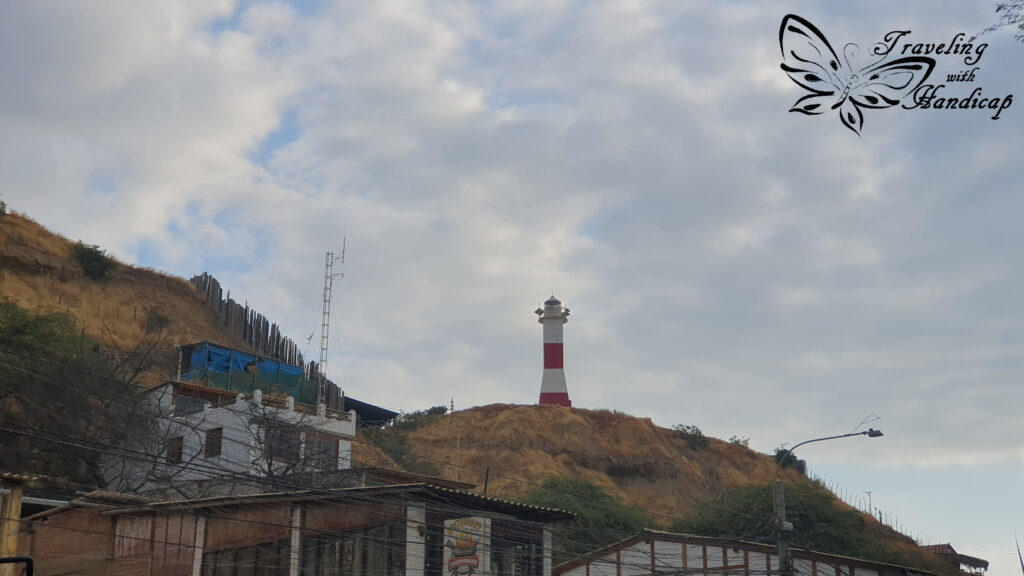
Máncora is quite small but long, like along the coast. Indeed, the beaches are nice, but not as big and scenic as I expected. For Peru, these might still be some of the nicest beaches. I spent some chilled days in Máncora, not doing much more than beaching, eating out, planning Ecuador and taking care of my blog. As such, this sounds enjoyable.
However, there are really nasty and ugly cockroaches (this is what I assume) quite active all across the town. I wouldn’t care if they are only on the streets. Unfortunately, they are everywhere, trying to find their way through any gaps of doors. Thus, I don’t like to cook in the kitchen (as they like to accumulate there) and always wear shoes or have a shoe next to me to kill any that invades the dorm room. Honestly, I am looking forward to having some more relaxing nights again in Cuenca.

